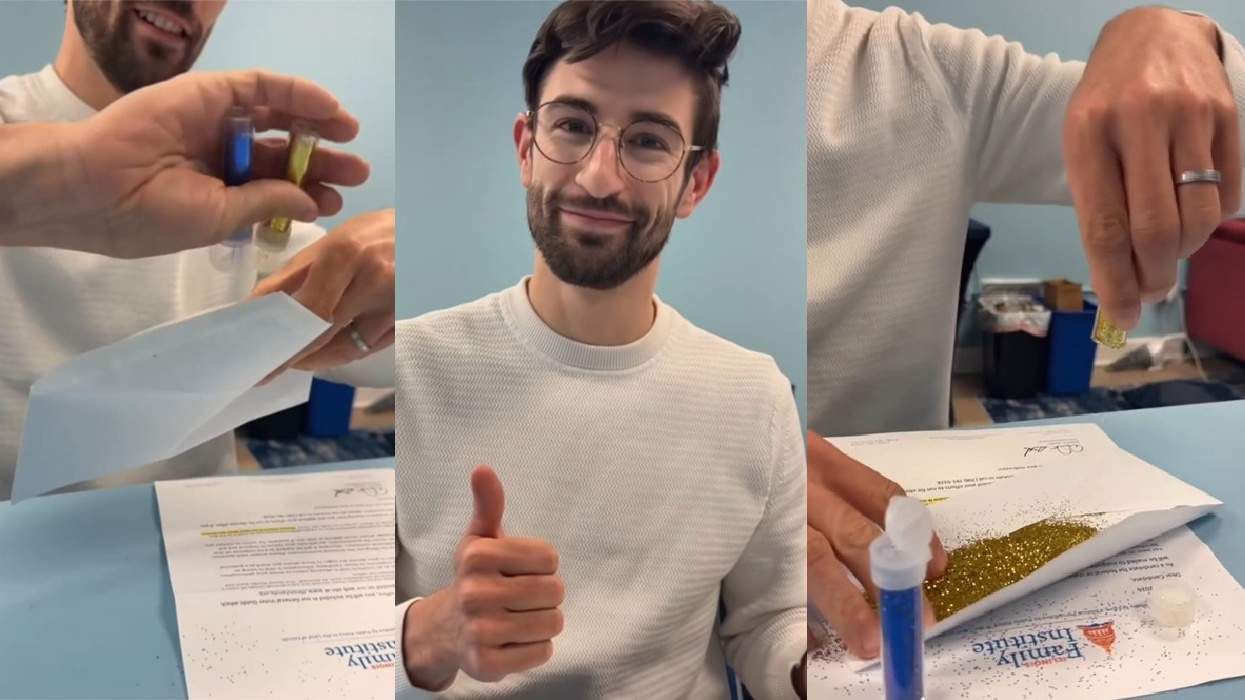The Supreme Court has decided to hear two cases relating to marriage equality. The first, United States v. Windsor, raises the constitutionality of section 3 of the federal Defense of Marriage Act, which denies federal recognition to same-sex couples' marriages. The second, Hollingsworth v. Perry, involves the constitutionality of California's Proposition 8, the state constitutional amendment banning marriage for same-sex couples. After the court's announcement, many commentators and some LGBT activists speculated that the court's ultimate decision in the cases would bring the end of marriage-based discrimination against same-sex couples. Some expect the justices to extend the fundamental right to marry to same-sex couples. Others are focusing on equal protection, anticipating a ruling that sexual orientation classifications merit heightened scrutiny. Such a decision would immediately cast doubt on any form of sexual orientation discrimination, including the marriage prohibitions that a vast majority of states maintain.
But this might all be wishful thinking.
Yes, the court might have taken the Windsor case because the Second Circuit Court of Appeals applied heightened scrutiny to sexual orientation classifications, whereas the First Circuit's Gill v. Office of Personnel Management decision applied only rational basis review. But, more likely, the court might have taken Windsor and not Gill because all nine justices could participate in the case. It was widely believed that Justice Kagan would have recused herself from Gill given her role in the Obama administration during deliberations regarding that case.
Yes, the court might have taken Perry in order to move the nation toward marriage equality and strike down the laws of 40-plus states. But, more likely, the court might have taken Perry based on the votes of four conservative justices who want to overturn the Ninth Circuit and find Proposition 8 constitutional. It only takes four votes to decide to hear a case.
Ultimately, then, all this talk about broad rulings, fundamental rights, and nationwide marriage equality may be premature. Given the court's track record in other LGBT rights cases, it seems more likely that the decisions we receive in both Windsor and Perry will be, even if favorable to the cause of marriage equality, more narrowly reasoned than many are expecting.
In 1986 the Supreme Court dealt LGBT rights activists a devastating blow, ruling in Bowers v. Hardwick that antisodomy laws were constitutional. It became increasingly difficult to argue that lesbians and gay men deserved heightened constitutional protection when the highest court in the land had declared that the conduct largely understood to define the group -- same-sex sex -- could be criminalized. But all was not lost. A decade later the court issued its decision in Romer v. Evans, striking down Colorado's Amendment 2, which prohibited state and local entities from passing or enforcing sexual orientation antidiscrimination laws. Without overruling Bowers, the court found that the law failed to pass the lowest level of constitutional scrutiny -- rational basis review.
Then, in 2003, the court in Lawrence v. Texas overruled its damaging Bowers decision and struck down state antisodomy laws. Yet again the court resisted a broad ruling. While it identified a protected liberty interest at stake, it neither declared that a fundamental right was implicated nor applied strict scrutiny to the law. As it had in Romer, the court decided the issue favorably for lesbians and gay men but did so in a relatively cabined way.
This doctrinal preference -- for narrow over broad rulings -- relates to concerns over the court's institutional legitimacy. The justices are generally reluctant to move too far ahead of public opinion and to strike down laws on the books in a majority of states. When the court issued its ruling in Bowers, half the states maintained antisodomy laws. When it decided Lawrence, that number had shrunk to 13. Many are comparing the court's ultimate ruling in Perry to Loving v. Virginia, the landmark decision striking down bans on interracial marriage. But before the court took Loving, it passed years earlier on a case raising the same question. In fact, the Loving decision came almost two decades after the California Supreme Court struck down its state prohibition on interracial marriage and at a time when only 16 states maintained such laws.
Justice Kennedy authored both Romer and Lawrence, and everyone is looking to him as the decisive vote in Windsor and Perry. He has established a favorable legacy on sexual orientation equality, and he is not likely to reverse course now. But it may be too much to expect Justice Kennedy -- and four of his colleagues -- to bring marriage equality to the entire country in one fell swoop, either by resorting to the fundamental right to marry or deeming sexual orientation a suspect classification. The day the court issues its opinions in Windsor and Perry may very well be a day for celebration, but we will likely be celebrating more limited victories than many are now envisioning.
DOUGLAS NeJAIME is associate professor of law at Loyola Law School in Los Angeles.


































































Charlie Kirk DID say stoning gay people was the 'perfect law' — and these other heinous quotes